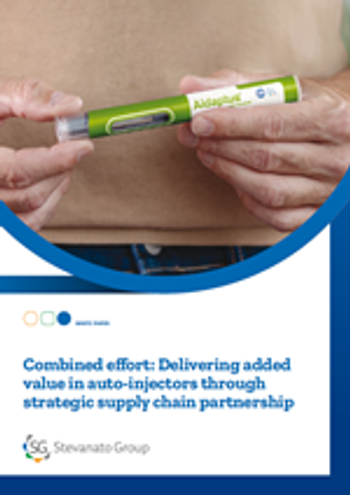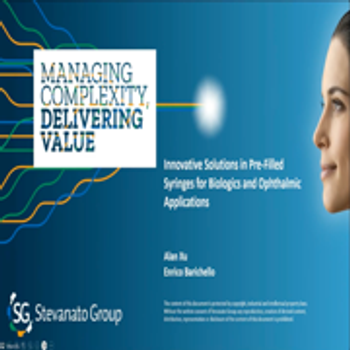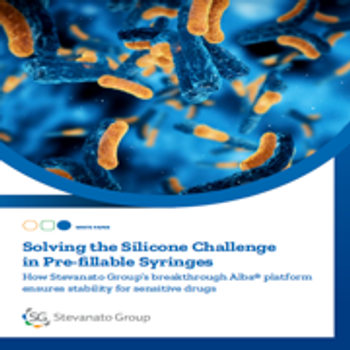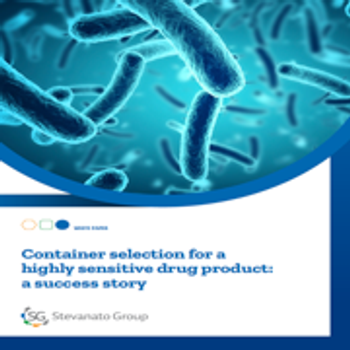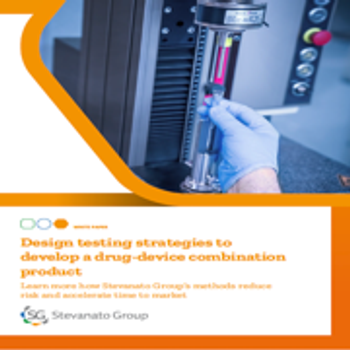
A must-read for anyone in the industry looking to enhance their micronization processes. Discover how adding low percentages of SYLOID® mesoporous silica can significantly improve the run time and yield of jet milling processes for hard-to-process Active Pharmaceutical Ingredients (APIs). Imagine achieving a more consistent feed rate and a homogenous final product simply by pre-blending SYLOID® mesoporous silica with your APIs. Grace & Microsize conducted experiments that reveal substantial improvements in both run time and yield, making this paper an essential guide for professionals aiming to optimize their manufacturing processes and boost efficiency and feed rate consistency.
